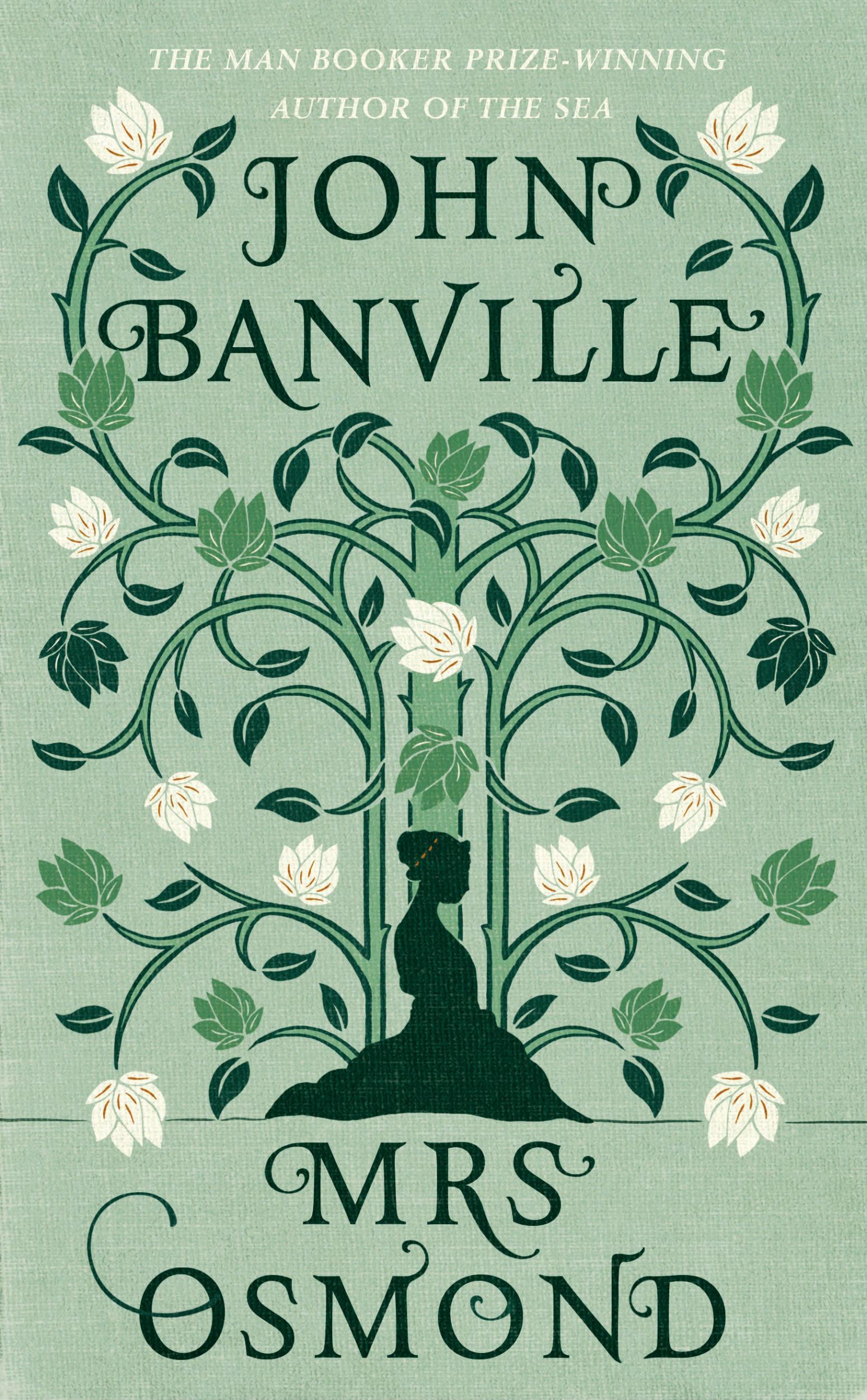Mrs Osmond by John Banville, book review: A fine act of literary ventriloquism and imagination
The Man Booker Prize-winning novelist John Banville’s new novel 'Mrs Osmond' picks up where Henry James’s 1881 novel 'The Portrait of a Lady' left off

Your support helps us to tell the story
From reproductive rights to climate change to Big Tech, The Independent is on the ground when the story is developing. Whether it's investigating the financials of Elon Musk's pro-Trump PAC or producing our latest documentary, 'The A Word', which shines a light on the American women fighting for reproductive rights, we know how important it is to parse out the facts from the messaging.
At such a critical moment in US history, we need reporters on the ground. Your donation allows us to keep sending journalists to speak to both sides of the story.
The Independent is trusted by Americans across the entire political spectrum. And unlike many other quality news outlets, we choose not to lock Americans out of our reporting and analysis with paywalls. We believe quality journalism should be available to everyone, paid for by those who can afford it.
Your support makes all the difference.At the end of Henry James’s 1881 novel The Portrait of a Lady, we’re left unsure as to what awaits his heroine Isabel Osmond (née Archer).
Having recently learnt of her husband Gilbert’s indiscretions, and the betrayal committed by her one-time confidant Madame Merle (who, it’s shockingly revealed, is the mother of Gilbert’s daughter Pansy, the girl he’s always passed off as the legitimate offspring of his first marriage), Isabel defied Gilbert’s attempts to keep her at home in Rome, and fled instead to England and the deathbed of her beloved cousin Ralph Touchett.
On the last page of James’s book, we’re told that her indecision is suddenly behind here: “She had not known where to turn; but she knew now. There was a very straight path.” We know this path leads back to Rome, but whether it’s one of reconciliation and reunification, a reckoning, or that of revenge, we’re left in the dark.
Until now, that is, for the Man Booker Prize-winning Irish novelist John Banville’s new novel Mrs Osmond picks up where James left off, with Isabel “lashed by unbreakable bonds to Europe’s mast”. He plunges his readers back into a fin-de-siècle society of American heiresses, European nobility and – as befits a story about Isabel’s search for emancipation: “What was freedom,” Isabel thinks, “other than the right to exercise one’s choices?” – the suffragists.
Opening in London, where Isabel breaks her journey from the Touchett’s country estate, before travelling on, via Paris and Geneva, to Italy, the narrative might best be described as a series of encounters between her and various characters from the original: her plainspoken American friend and journalist Henrietta Stackpole; the Machiavellian Madame Merle; Mr Edward Rosier, the young man who pursued Pansy’s hand in marriage but was ingloriously sent packing by Gilbert; Isabel’s sister-in-law, Countess Gemini, who spilled the beans about her brother’s indecorous behaviour; Mrs Touchett’s, Isabel’s aunt and Ralph’s mother; and, of course, the arch villain himself, Gilbert Osmond.
Cleverly, Banville has each of these meetings both propel his narrative forward and, looking backwards, add layers of intricacy to James’s work; each of Banville’s characters satisfyingly convincing in their new guises. As such, I suspect it’s those readers already familiar with The Portrait of a Lady who will enjoy Mrs Osmond the most.
It’s also worth mentioning that Banville does an impressive job of mimicking the complex syntax that characterises James’s intricate prose; which here in turn takes a little getting used to before one begins to see it elegantly unfurl on the page. It’s not that those who haven’t read the original will find themselves confused – Banville conscientiously provides all the details first-time readers need to know to understand the story – rather they’d simply be inadequately prepared to appreciate a certain clearly integral element of the work Banville’s constructed: a sequel-cum-homage to that written by the American master. Although unlikely to have the broader appeal of Banville’s previous works, it’s a fine act of literary ventriloquism and imagination.
Mrs Osmond by John Banville is published by Viking (£14.99)
Join our commenting forum
Join thought-provoking conversations, follow other Independent readers and see their replies
Comments